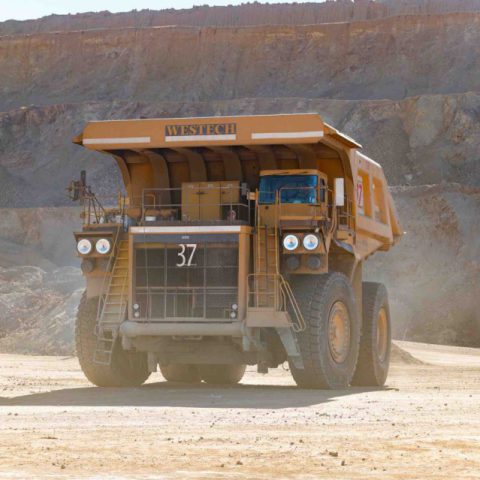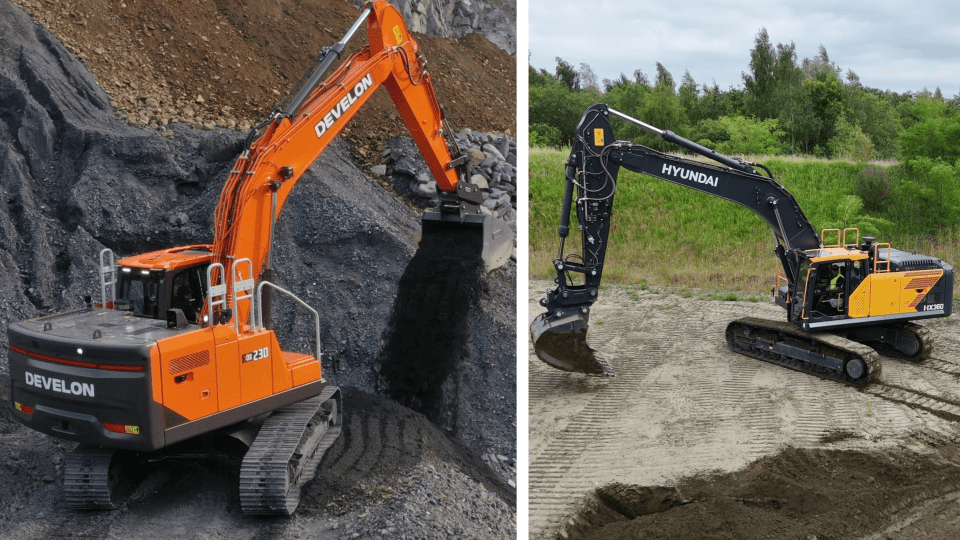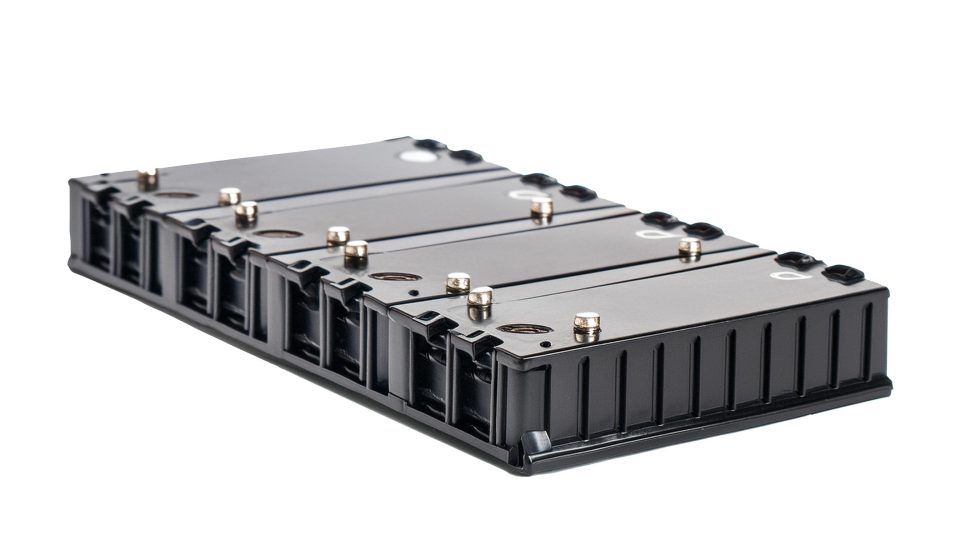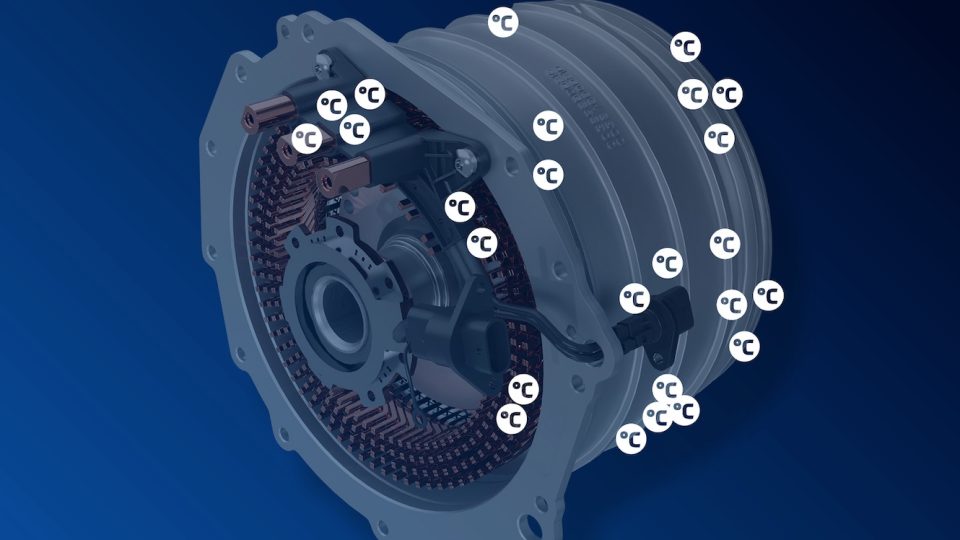Rolls-Royce to renew(able) pit mine heavy machinery
The Californian company Rio Tinto converted first open pit mine to renewable HVO - mtu engines

Rolls-Royce Power Systems knows how to get renewable the pit mine heavy machinery. Let’s move to California where Rio Tinto’s switch from fossil diesel to renewable diesel at its Boron mine is a significant milestone in the mining industry. By using hydrotreated vegetable oil as a renewable fuel source, the company is taking a positive step towards reducing its carbon footprint.
Rolls-Royce and Rio Tinto fill up the pit mine applications with HVOs
Rolls-Royce’s support in testing mtu engines on HVO in dump trucks and wheel loaders is commendable. The fact that the engines running on renewable diesel have demonstrated similar performance and reliability to those running on fossil diesel is a testament to the viability of renewable fuels in heavy machinery. The transition to renewable diesel at the Boron mine is expected to have a substantial impact on reducing CO2 emissions. The estimated reduction of up to 45,000 tonnes per year is equivalent to the annual emissions from about 9,600 cars. This significant decrease in carbon emissions showcases the potential for renewable fuels to contribute to decarbonization efforts in the mining industry.
Rolls-Royce, Rio Tinto and Neste
They used Neste MY Renewable DieselTM during the trial to convert a Borax dump truck from fossil diesel to renewable diesel. Neste MY Renewable DieselTM is made from 100% renewable raw materials, such as waste cooking oil and animal fat waste. The use of these sustainably sourced materials helps reduce the environmental impact of the fuel.
Sinead Kaufman, Chief Executive Rio Tinto Minerals said: “We are proud that our U.S. Borax operations have become the first open pit mine to operate a fleet running entirely on renewable diesel. This is an excellent example of what happens when internal and external partners collaborate toward a carbon reduction goal. Support from the state of California has also been incredibly important, as without their vision, this would not have been possible.”
Cobus van Schalkwyk, Director Global Mining at the business unit Power Systems of Rolls-Royce, explained: “The conversion of the first open pit mine to HVO is an important milestone. We are pleased to be part of the energy transition at the U.S. Borax mine and partner with Rio Tinto. With further sustainable offerings, such as reman or remotorization solutions for the vehicles or microgrids for energy supply, we are ready for the further future of the mines.”
Other benefits of renewable diesel include clean combustion with a reduction in particulate emissions of up to 40 percent in mobile applications and a reduction in nitrogen oxide emissions by an average of eight percent. HVO is a drop-in fuel, which means that the existing diesel plant infrastructure can be used unchanged for its use, and no engine hardware or software modifications are required.










